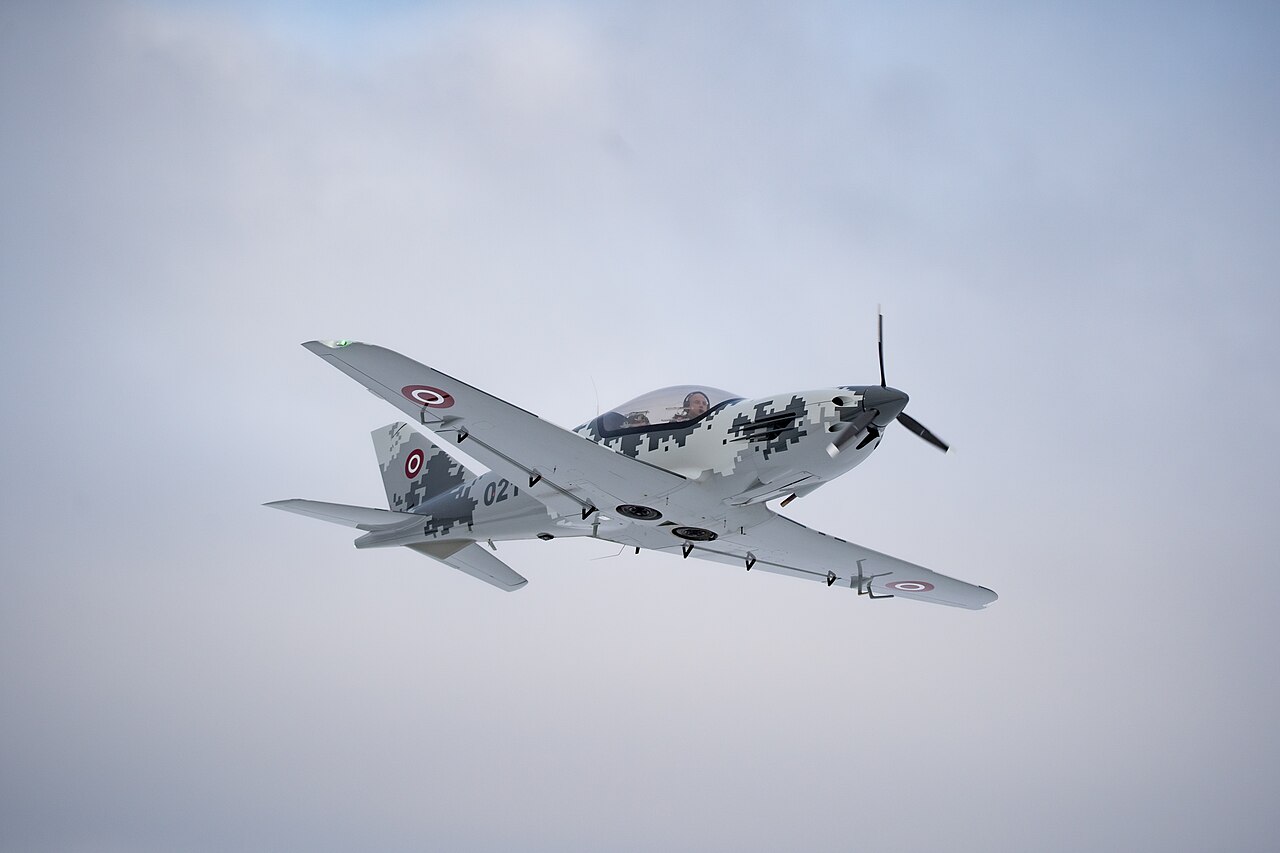On the morning of September 17, at around 9 a.m., the Latvian Air Force scrambled fighter jets as part of the NATO Air Policing Mission after detecting an unidentified flying object near the Latvian-Belarusian border. It was an ordinary threat, but it had many ‘kills’ to its name, including a Korean F-35 stealth fighter.
Latvia’s Ministry of Defense disclosed that an object was detected in the Krāslava region, sparking concerns about a potential airspace breach. Fighter jets were quickly launched from the Lielvārde military base to investigate.
However, after an extensive search, the jets found no suspicious objects within Latvian airspace and returned to base. Later in the day, the object was identified as a flock of migratory birds, which are common in the region during this time of year as they fly south for the winter.
Prime Minister Evika Siliņa said that the public must be notified whenever unidentified objects approach the country’s borders, regardless of their nature.
Defense Minister Andris Sprūds echoed this sentiment, noting that while the jets had been scrambled due to uncertainty over the “object,” the quick response underscored the country’s readiness to defend its airspace.
The Ministry of Defence and the Ministry of the Interior urged residents to promptly report any suspicious objects or activities in Latvia’s border areas by calling 112.
The country’s Ministry of Defense further added, “The National Armed Forces have additionally strengthened air defense capabilities on the eastern border, sending additional units to the border. Latvia continues to ensure the protection of the external border between the European Union and NATO.”
On September 7, Latvian President Edgars Rinkēvičs reported that a Russian military drone crashed in eastern Latvia near the city of Rezekne, about 50 miles from the Belarusian border.

In light of that incident, Latvian Minister of Defense Andris Spruds emphasized the importance of continuing efforts to strengthen Latvia’s eastern border, including enhancing air defense and electronic warfare capabilities.
Meanwhile, Public Broadcasting of Latvia (LSM) reported that though some could view this incident as an overreaction, municipal leaders in the Krāslava region highlighted its value in testing Latvia’s civil notification and response systems.
The report said that the heads of municipalities in the region reported receiving information quickly, which led to discussions on enhancing civil notification systems.
Birds vs. Fighter Jets
The recent incident in Latvia, in which the Air Force scrambled NATO jets in response to an unidentified object that turned out to be a flock of birds, reminds us of the challenges military aviation faces in dealing with bird-related issues.
While seemingly unusual, this situation is not isolated. Air forces around the world frequently encounter similar scenarios, and the consequences can range from minor inconveniences to major operational disruptions.
For instance, in late 2022, the South Korean military faced a similar situation when F-15K and KF-16 jets were scrambled in response to an object suspected to be a North Korean drone. The object was eventually identified as a flock of birds.
In the past, the Israeli Air Force also experienced instances where slow-moving, weak radar signals from birds led to concerns that the objects might be small unmanned drones.
Avian threats are not limited to false alarms. They pose a major risk to aviation safety, particularly during critical phases of flight such as takeoff and landing.
Aircraft are vulnerable to bird strikes. The consequences of these encounters can be severe, resulting in significant damage to aircraft and, in some cases, loss of life.
One notable case occurred in January 2022 when a South Korean F-35 pilot had to perform a belly landing after a bird strike during a training session. An eagle, weighing approximately 10 kilograms, hit the jet’s left air intake, causing severe damage.
Thanks To U.S. & India, Israel’s Weapons Sale ‘Breaking Records’ Despite War On Multiple Fronts
This incident resulted in a malfunction of the avionics system and damage to nearly 300 crucial components, including the airframe, engine, and navigation systems. Ultimately, in 2023, South Korea decided to retire the damaged F-35A. Given the aircraft’s strategic importance, this was a major loss.
Similarly, in April of this year, a US Marine F-35B Lightning II, shortly after taking off from Kunsan Air Base, encountered a bird strike that prompted an emergency landing.

The damage was significant enough to be classified as a Class A mishap by the Naval Safety Command, indicating over $2.5 million in damage. Given that an F-35B costs over $109 million, such incidents represent a substantial financial burden.
‘Raptor Salad’ For Lunch! US F-22 Raptor Outgunned, Outmaneuvered By German Eurofighter Typhoon?
Similarly, a 2019 incident involved a Japan-based F-35B that sustained more than $2 million in damage from a bird strike. In March 2022, a bird strike led to an engine fire on a Marine Corps F/A-18D, causing the aircraft to crash onto private property. Both pilots survived with relatively minor injuries.
While the humorous aspect of mistakenly scrambling jets for birds might make headlines, the serious implications for aviation safety and defense readiness are far from trivial.
- Contact the author at ashishmichel(at)gmail.com
- Follow EurAsian Times on Google News




